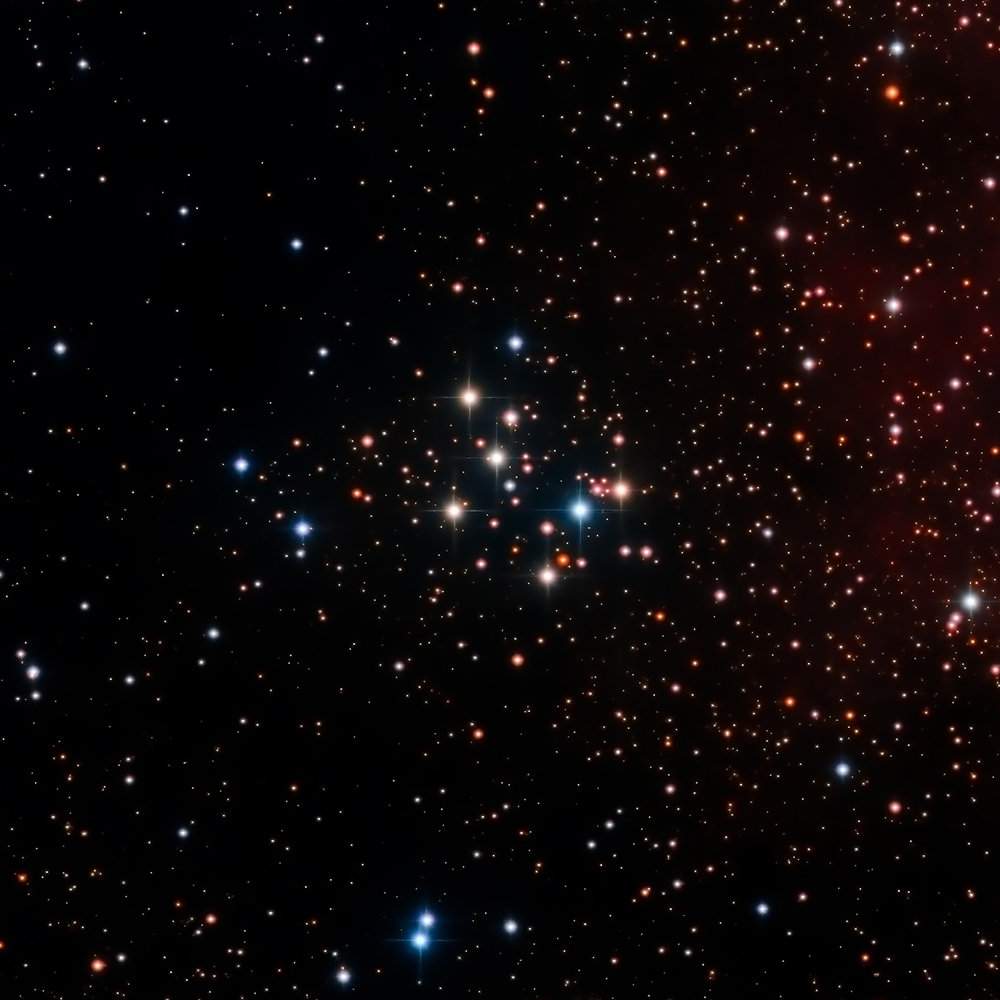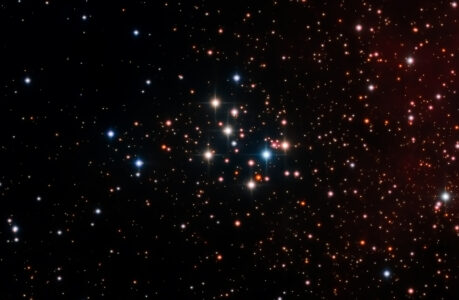Explore the Fascinating Birthplace of Stars
Introduction
Welcome to the captivating world of Messier 29, a young open cluster nestled in the constellation Cygnus. With its radiant collection of stars, this celestial marvel offers a glimpse into the mesmerizing process of stellar birth and evolution. In this article, we will embark on an enthralling journey to unravel the secrets of Messier 29, exploring its formation, characteristics, and significance in the vast expanse of our universe.
A Brief Overview of Messier 29
Discovered by the renowned French astronomer Charles Messier in 1764, Messier 29 is an open star cluster located approximately 7,200 light-years away from Earth. Open clusters, also known as galactic clusters, are loosely bound groups of stars that share a common origin and reside within the same region of space. These clusters are an integral part of the intricate tapestry of our galaxy, offering invaluable insights into stellar evolution.
Formation of Messier 29
Messier 29 was formed from a giant molecular cloud, a vast concentration of interstellar gas and dust. Within this cloud, gravitational forces acted upon the densest regions, causing them to collapse under their own weight. As the cloud contracted, it fragmented into smaller clumps, each destined to become a star. These clumps, known as protostars, continued to accrete matter from their surrounding environment, growing in size and density.
Over time, the protostars reached a critical point where nuclear fusion ignited within their cores. This marked the birth of true stars, illuminating the cloud and dispersing the remaining gas and dust. The newly formed stars settled into their positions, giving rise to the spectacular open cluster we observe today as Messier 29.
Characteristics of Messier 29
Messier 29 boasts an impressive array of characteristics that distinguish it from other star clusters in the night sky. The cluster spans approximately 7 light-years across, with its stars gravitationally bound to one another. These stars are relatively young, estimated to be around 10 million years old, making Messier 29 a prime location for studying the early stages of stellar evolution.
Within the cluster, there are over 80 known member stars, with the brightest ones easily observable even with modest telescopes. The stars of Messier 29 emit a collective luminosity that gives the cluster its distinct glow. Their combined brilliance illuminates the surrounding interstellar medium, creating a picturesque sight against the backdrop of the cosmos.
Exploration and Observation
To fully appreciate the beauty of Messier 29, it is essential to equip oneself with the right tools for exploration. Amateur astronomers and stargazers can easily observe this open cluster using a small telescope or even a pair of binoculars. Located in the constellation Cygnus, Messier 29 can be found in close proximity to the star Sadr, which serves as a helpful guidepost for locating this celestial gem.
When observing Messier 29, one can observe a concentration of stars grouped in a rough oval shape. The cluster appears as a hazy patch of light, with individual stars becoming more discernible with higher magnification. The intricate arrangement of stars within Messier 29 provides a captivating spectacle, offering a glimpse into the dynamic and evolving nature of our universe.
Significance and Scientific Research
Messier 29 holds immense significance for astronomers and researchers in the field of stellar evolution. As a young open cluster, it provides a unique opportunity to study the early stages of star formation, as well as the processes that govern their subsequent development. By examining the properties of the individual stars within Messier 29, scientists can gain valuable insights into their lifecycles, chemical compositions, and overall evolution.
Observations of Messier 29 have revealed a diverse population of stars, ranging in mass, temperature, and luminosity. These variations offer invaluable clues about the conditions that led to their formation and the subsequent mechanisms that shaped their evolution. By studying open clusters like Messier 29, scientists can refine our understanding of stellar physics and the broader processes that shape the structure of galaxies.
The Future of Messier 29
As the years pass, Messier 29 will continue to evolve, its member stars gradually dispersing across the galaxy due to gravitational interactions and the effects of tidal forces. Eventually, Messier 29 will disintegrate, its stars becoming part of the general population of the Milky Way. However, the knowledge and insights gained from studying this young open cluster will endure, contributing to our ever-expanding understanding of the cosmos.
Conclusion
In the vast depths of the Cygnus constellation, Messier 29 shines as a testament to the awe-inspiring processes of star formation and evolution. Its young and radiant stars illuminate the cosmos, beckoning astronomers and stargazers alike to explore its celestial wonders. By unraveling the mysteries held within Messier 29, scientists deepen our understanding of the universe’s grand tapestry and our place within it. So, grab your telescope and embark on a voyage of discovery to the captivating realm of Messier 29. Let the stars guide you to a deeper appreciation of the cosmic dance that unfolds before our eyes.

